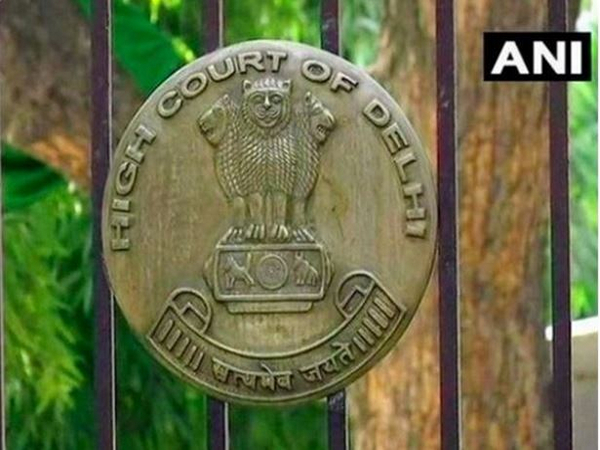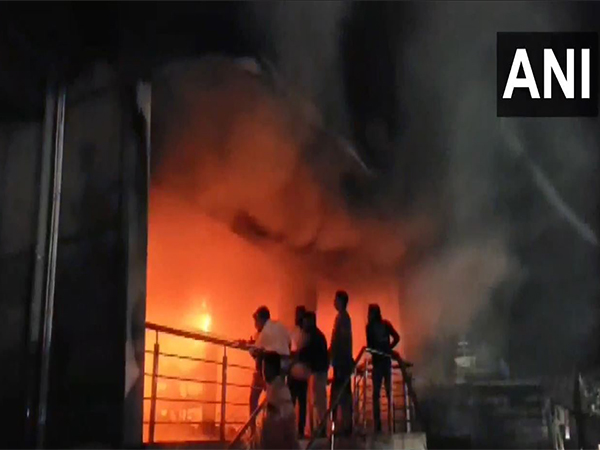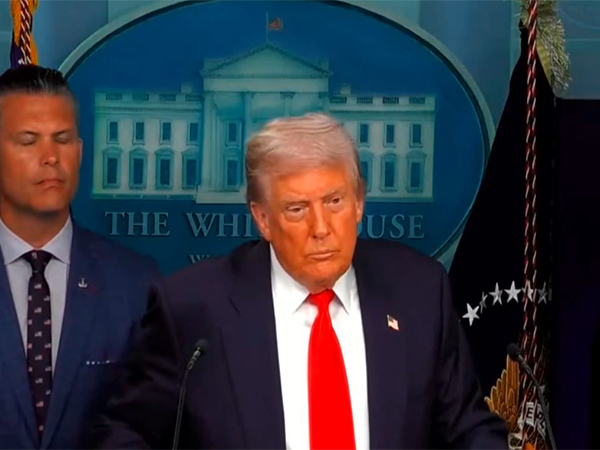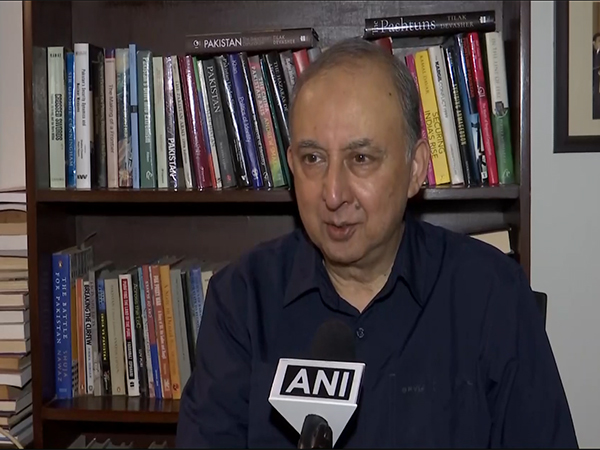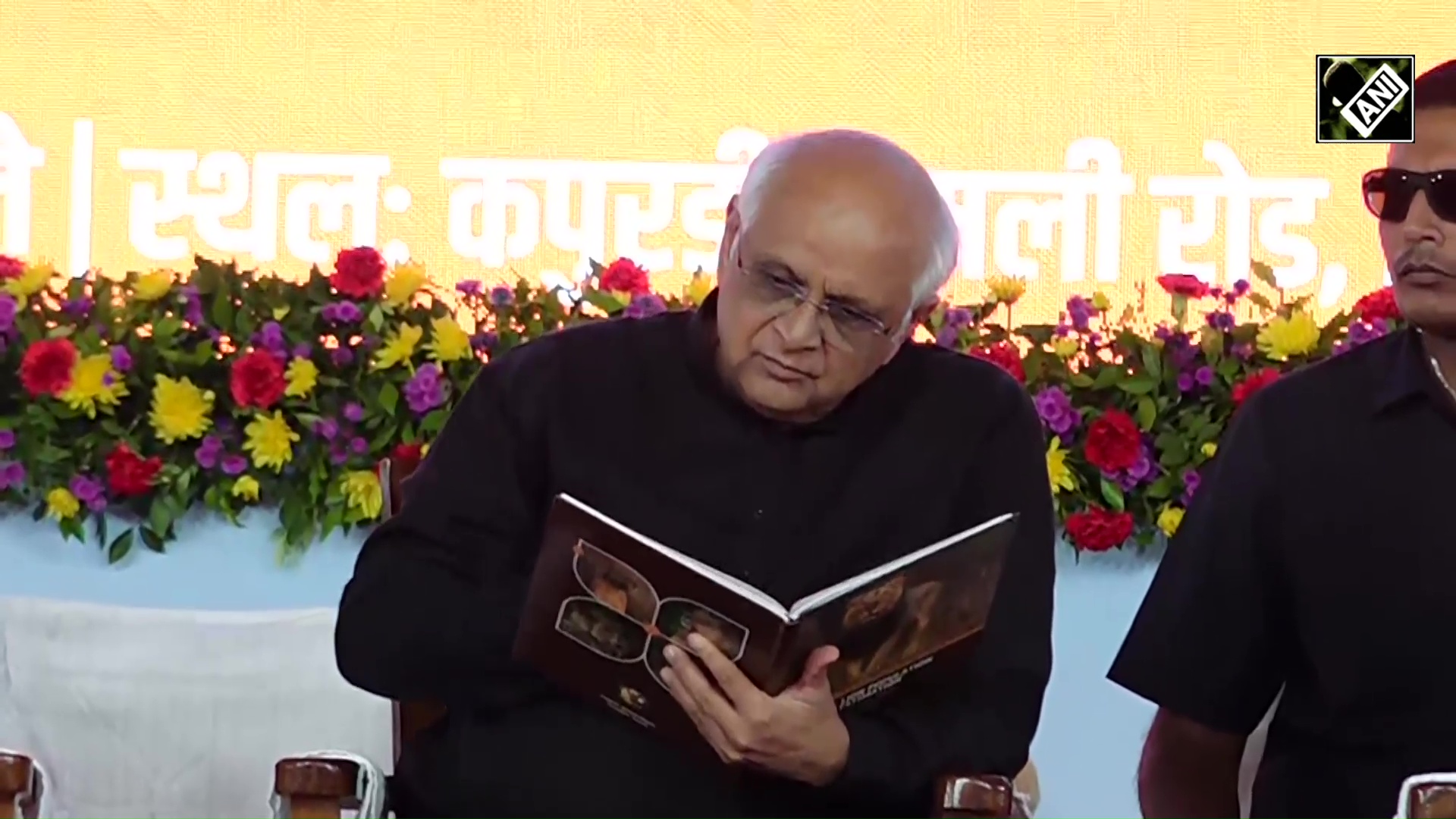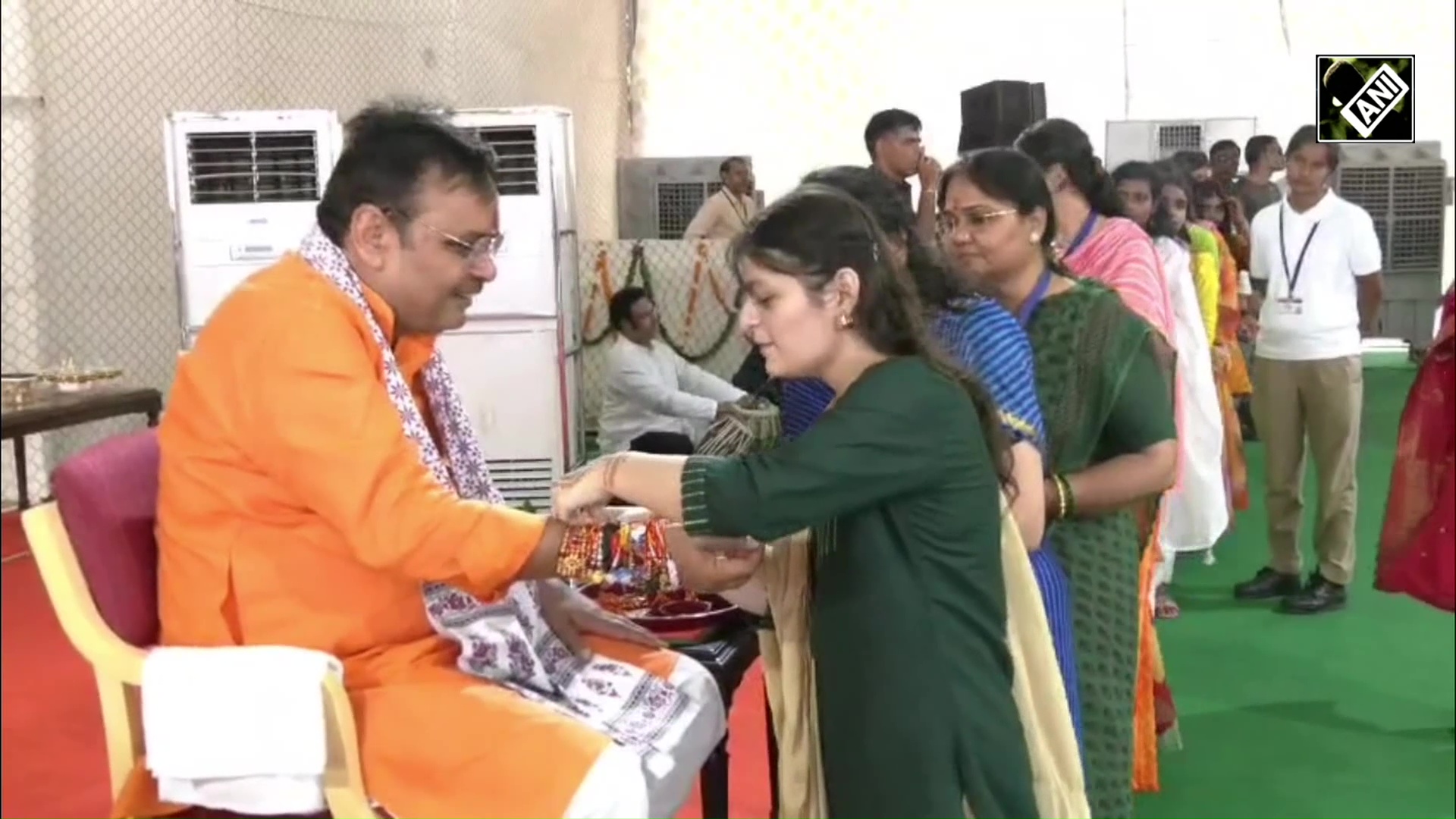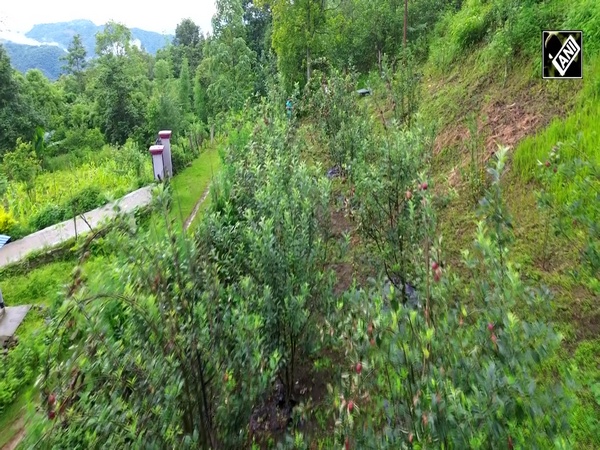Kashmiri entrepreneurs introduce radio frequency transmission system for emergency vehicles
Jun 01, 2023

Srinagar (Jammu and Kashmir) [India], June 1 : A group of five entrepreneurs from Kashmir has successfully developed a groundbreaking radio frequency (RF) transmission alert system prototype to tackle the challenges posed by traffic congestion on main highways and busy intersections in the Union Territory.
This system, specifically designed for emergency vehicles like ambulances and fire tenders, aims to ensure their smooth navigation through traffic jams, ensuring prompt response times and safe passage.
The team of innovators consists of Engineer Manan Sajad Malik, a former student of the Institute of Technology, along with Farhana Fayaz Batoo, Mueed Ahmad Chishti, B-tech 7th-semester students from IOT Zakura campus, and Abdul Mueed Hafiz and Rouf Ul Alam Bhat, assistant professors from the same campus at the University of Kashmir.
Er Malik, during an interaction with local media, emphasized the growing problem of urban traffic congestion and the limitations of existing traffic control measures.
"The increasing number of vehicles and the lack of road expansion contribute to severe traffic congestion, particularly impacting the transportation of emergency vehicles," he explained.
Malik pointed out the challenges faced in countries like India and Thailand, where the dimensions of roads make it impractical to allocate separate lanes for emergency vehicles.
"Congestion poses a significant problem for the transportation system, especially when emergency cases arise at busy traffic light junctions," he noted.
To overcome these challenges, the team developed a congestion control system that activates upon receiving a signal from an ambulance through RF transmission. The system utilizes a microcontroller to make announcements, which are displayed on an LCD screen installed at the junction. Simultaneously, traffic is rerouted away from alternate roads, providing a clear path for the emergency vehicle and ensuring safe passage.
"The system is designed to reduce accidents that often occur at traffic light intersections when vehicles gather to make way for emergency vehicles. By implementing wireless communication, specifically RF transmission, into the traffic light control system, we have achieved success in facilitating the movement of ambulances," Malik expressed with confidence.
The primary objective of the project is to create a comprehensive system capable of making announcements and displaying them on the LCD screens placed at junctions. The system triggers an announcement and illuminates a green light for the designated route while displaying a red light for other routes at the junction.
Explaining the technical details, Malik elaborated on their proposal for detecting ambulances approaching junctions by making announcements in advance. The system is based on a Radio Frequency module, with the receiver placed at junction points and connected to a loudspeaker, LCD screen, and green and red signal lights. The transmitter is positioned 1 kilometre away from the junction and connected to an RF reader, which detects the chip installed on the ambulance. Once the ambulance enters the 1-kilometre range of the junction, the RF reader detects the chip and wirelessly signals the junction point via the RF module.
"The announcement is then made at the junction, simultaneously displayed on the LCD screen. The green light illuminates the designated route, while the red light indicates other routes. Traffic police are promptly notified through the announcement and signal lights, which significantly aids in reducing traffic congestion at specific points," Malik explained.
The versatile system developed by these innovators can be applied to a range of emergency vehicles, including fire tender vehicles, essential services, VIP convoys, and delegates. The fully functional prototype is ready for deployment and can be seamlessly incorporated into the Srinagar Smart City Projects.
It is worth mentioning that this same group of innovators had previously devised a method for detecting and ventilating carbon monoxide from enclosed spaces. The gadget's potential applications extend to addressing life-threatening situations in places like coal mines and tunnels, where elevated levels of carbon monoxide pose significant risks.
With their remarkable contributions to improving emergency response systems and their commitment to innovation, these Kashmiri entrepreneurs are setting a commendable example for others to follow. Their RF transmission alert system prototype stands as a testament to the power of local ingenuity and the potential for technology to address critical challenges faced by society.
